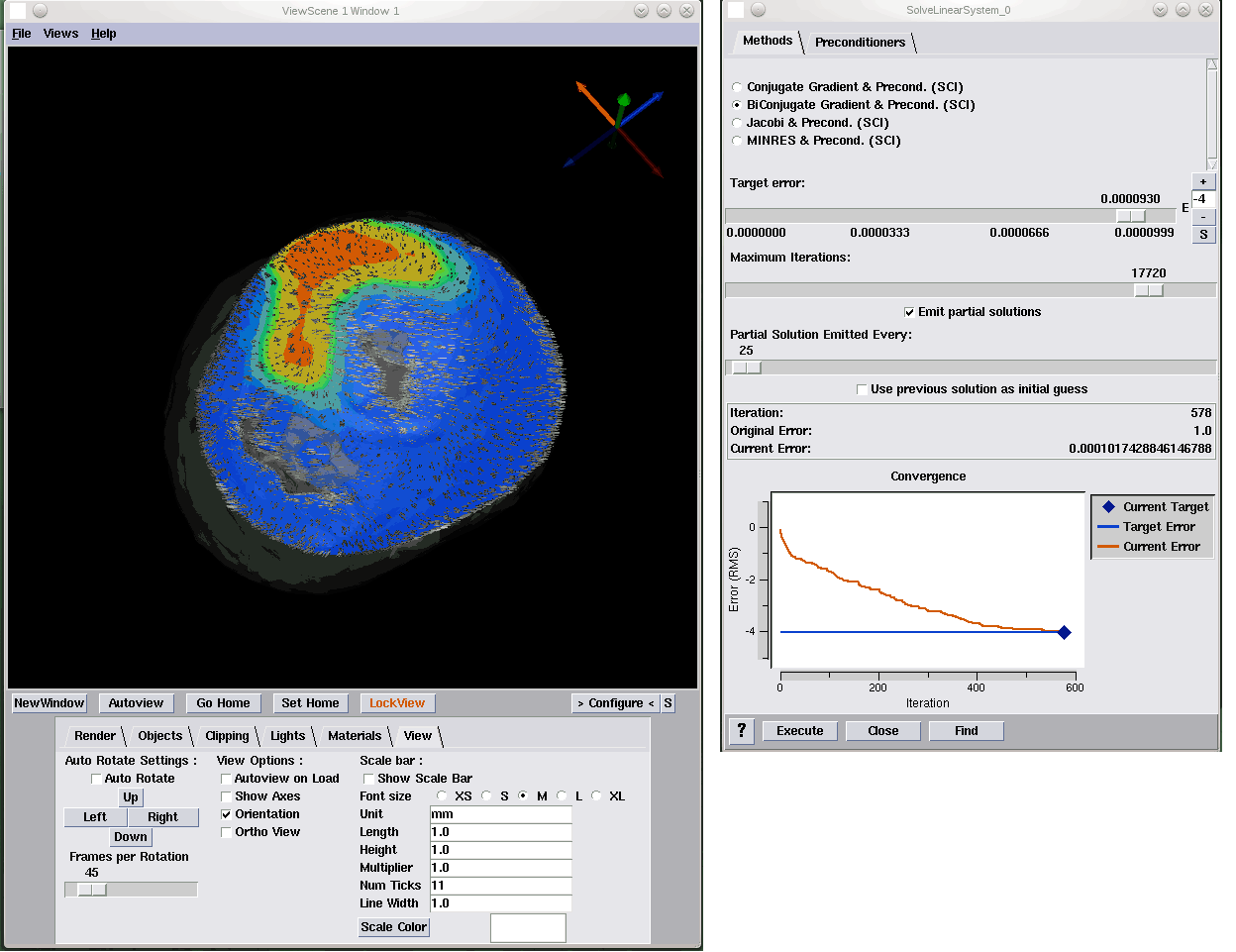SCI Publications
2015


S. Pujol, W. Wells, C. Pierpaoli, C. Brun, J. Gee, G. Cheng, B. Vemuri, O. Commowick, S. Prima, A. Stamm, M. Goubran, A. Khan, T. Peters, P. Neher, K. H. Maier-Hein, Y. Shi, A. Tristan-Vega, G. Veni, R. Whitaker, M. Styner, C.F. Westin, S. Gouttard, I. Norton, L. Chauvin, H. Mamata, G. Gerig, A. Nabavi, A. Golby,, R. Kikinis.
“The DTI Challenge: Toward Standardized Evaluation of Diffusion Tensor Imaging Tractography for Neurosurgery,” In Journal of Neuroimaging, Wiley, August, 2015.
DOI: 10.1111/jon.12283
BACKGROUND AND PURPOSE
Diffusion tensor imaging (DTI) tractography reconstruction of white matter pathways can help guide brain tumor resection. However, DTI tracts are complex mathematical objects and the validity of tractography-derived information in clinical settings has yet to be fully established. To address this issue, we initiated the DTI Challenge, an international working group of clinicians and scientists whose goal was to provide standardized evaluation of tractography methods for neurosurgery. The purpose of this empirical study was to evaluate different tractography techniques in the first DTI Challenge workshop.
METHODS
Eight international teams from leading institutions reconstructed the pyramidal tract in four neurosurgical cases presenting with a glioma near the motor cortex. Tractography methods included deterministic, probabilistic, filtered, and global approaches. Standardized evaluation of the tracts consisted in the qualitative review of the pyramidal pathways by a panel of neurosurgeons and DTI experts and the quantitative evaluation of the degree of agreement among methods.
RESULTS
The evaluation of tractography reconstructions showed a great interalgorithm variability. Although most methods found projections of the pyramidal tract from the medial portion of the motor strip, only a few algorithms could trace the lateral projections from the hand, face, and tongue area. In addition, the structure of disagreement among methods was similar across hemispheres despite the anatomical distortions caused by pathological tissues.
CONCLUSIONS
The DTI Challenge provides a benchmark for the standardized evaluation of tractography methods on neurosurgical data. This study suggests that there are still limitations to the clinical use of tractography for neurosurgical decision making.
2012


J. Knezevic, R.-P. Mundani, E. Rank, A. Khan, C.R. Johnson.
“Extending the SCIRun Problem Solving Environment to Large-Scale Applications,” In Proceedings of Applied Computing 2012, IADIS, pp. 171--178. October, 2012.
To make the most of current advanced computing technologies, experts in particular areas of science and engineering should be supported by sophisticated tools for carrying out computational experiments. The complexity of individual components of such tools should be hidden from them so they may concentrate on solving the specific problem within their field of expertise. One class of such tools are Problem Solving Environments (PSEs). The contribution of this paper refers to the idea of integration of an interactive computing framework applicable to different engineering applications into the SCIRun PSE in order to enable interactive real-time response of the computational model to user interaction even for large-scale problems. While the SCIRun PSE allows for real-time computational steering, we propose extending this functionality to a wider range of applications and larger scale problems. With only minor code modifications the proposed system allows each module scheduled for execution in a dataflow-based simulation to be automatically interrupted and re-scheduled. This rescheduling allows one to keep the relation between the user interaction and its immediate effect transparent independent of the problem size, thus, allowing for the intuitive and interactive exploration of simulation results.
Keywords: scirun
2010


R. Tchoua, S. Klasky, N. Podhorszki, B. Grimm, A. Khan, E. Santos, C.T. Silva, P. Mouallem, M. Vouk.
“Collaborative Monitoring and Analysis for Simulation Scientists,” In Proceedings of The 2010 International Symposium on Collaborative Technologies and Systems (CTS 2010), pp. 235--244. 2010.
DOI: 10.1109/CTS.2010.5478506
Collaboratively monitoring and analyzing large scale simulations from petascale computers is an important area of research and development within the scientific community. This paper addresses these issues when teams of colleagues from different research areas work together to help understand the complex data generated from these simulations. In particular, we address the issues when geographically diverse teams of disparate researchers work together to understand the complex science being simulated on high performance computers. Most application scientists want to focus on the sciences and spend a minimum amount of time learning new tools or adopting new techniques to monitor and analyze their simulation data. The challenge of eSimMon, our web-based system is to decrease or eliminate some of the hurdles on the scientists' path to scientific discovery, and allow these collaborations to flourish.
Keywords: collaboration, simulation
2009


S.G. Parker, K. Damevski, A. Khan, A. Swaminathan, C.R. Johnson.
“The SCIJump Framework for Parallel and Distributed Scientific Computing,” In Advanced Computational Infrastructures for Parallel and Distributed Adaptive Applications, Edited by Manish Parashar and Xiaolin Li and Sumir Chandra, Wiley-Blackwell, pp. 149--170. 2009.
DOI: 10.1002/9780470558027.ch9
2008

S. Klasky, M. Vouk, M. Parashar, A. Khan, N. Podhorszki, R. Barreto, D. Silver, S.G. Parker.
“Collaborative Visualization Spaces for Petascale Simulations,” In Proceedings of 2008 International Symposium on Collaborative Technologies and Systems (CTS 2008), pp. 203--211. 2008.
DOI: 10.1109/CTS.2008.4543933






